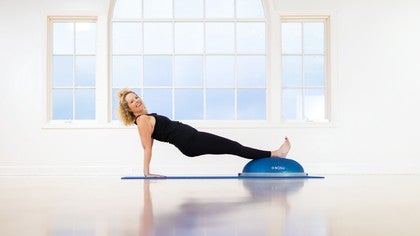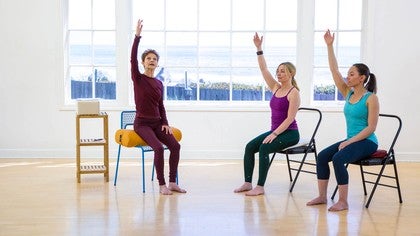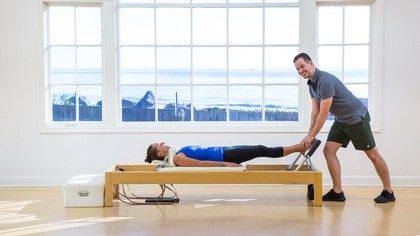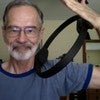Description
Learn how you can tackle the core in a variety of ways with this detailed workshop by Erika Quest. She teaches PIlates-inspired exercises and flows using the BOSU Balance Trainer that are designed to change what your nervous system is doing during movement. She starts with an in-depth explanation of the mobility core, stability core, and trunk integration then she moves through all six body positions to give you ideas of how to use the BOSU, whether you're training yourself or clients.
You can find all of Erika's classes that use the BOSU Balance Trainer here.
You can find all of Erika's classes that use the BOSU Balance Trainer here.
What You'll Need: Mat, BOSU®
About This Video
Workshops: Free Workshops
Comments
Skip to Latest
Lori Hey Lori! I'm so glad you enjoyed it and happy the handout will help you. I always appreciate them as well. Also, look for the BOSU FUSE session coming out shortly that puts all of this content into a full class format as well. Much love, Erika
2 years ago
Cheri D If you are looking for the PDF handout, the link is right under the description above. Functional Flows Handout
2 years ago
Cheri D I think Carol S helped you out on this one, so I hope you were able to find and download! xo
2 years ago
Don S Hey Don! Thanks for taking the workshop, and glad you enjoyed. A companion class that puts this all together is coming soon too. Much love, Erika
2 years ago
So good! I loved it. I really like the instablity of ithe BOSU as it changes our proprioception. As the Pilates equipment is a hard surface. Thanks again.
2 years ago
The BOSU is one of my favorite pieces of equipment for my own workouts and my clients! Great, enthusiastic education (a new "twist"... different way of thinking about the oblique slings for me) and some new exercises that I had never done on this amazing apparatus. Loved this and the fact there was no charge. Thank you!
2 years ago
1-10 of 33
You need to be a subscriber to post a comment.
Please Log In or Create an Account to start your free trial.
























